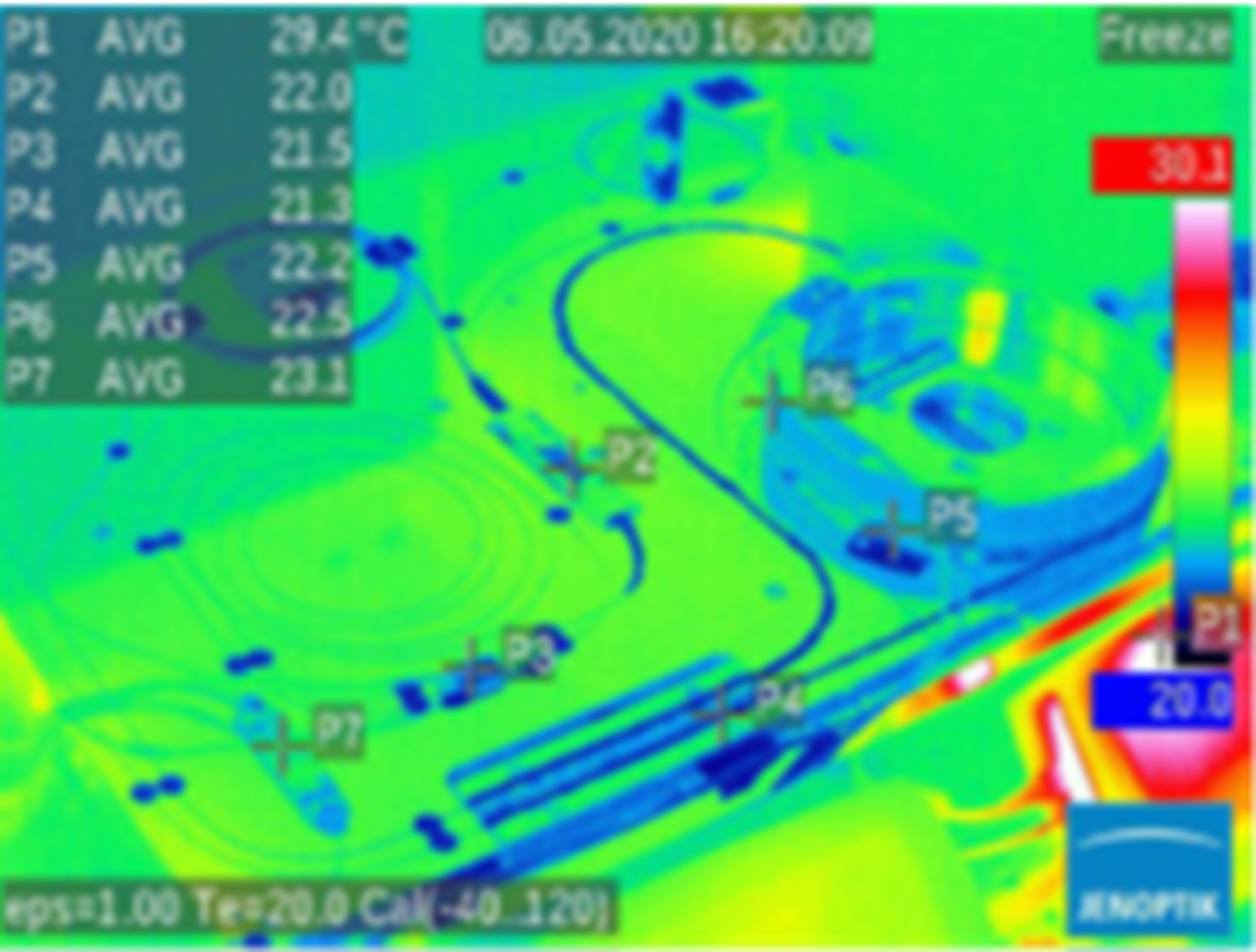Artificial star could solve atmospheric turbulence issues
A guide star laser is a key technology for future space surveillance/tracking systems, as well as for high-performance and reliable optical communications applications. Atmospheric turbulence blurs images of celestial objects and distorts optical communication beams. A guide star laser compensates for this atmospheric turbulence.
A GSTP De-Risk activity with TOPTICA Projects, Germany, successfully addressed the risks associated with highly efficient Guide Star Laser technology, thereby paving the way for the upcoming follow-on activity.
This highly efficient Guide Star Laser technology is intended to solve one of the most important issue for at least optical communications, space safety surveillance as well as astronomy, and will be a key building block for a reliable determination of atmospheric turbulence distortion. This is an enabling technology for several of ESA’s missions, in particular high-resolution space surveillance and tracking, space debris manoeuvring, as well as high-throughput satellite laser communications for a space-based internet backbone.
One of the risks addressed by this activity was scaling power from 20W to 50W without compromising spectral, spatial and temporal laser characteristics.
When propagated upwards, this laser will excite sodium atoms in the mesosphere (90km altitude), thereby creating a so-called “artificial star” in the sky. This artificial star can be used as a reference to measure & compensate for atmospheric turbulence.
The activity was able to successfully prototype and test a 50W power laser in laboratory environment. The follow-on activity will aim at developing a real prototype to be tested on sky. All the objectives were successfully scale the power and reduce the size of the 1178-nm diode seed laser. The power of the 1120-nm pump laser was able to scale to 150 W and the Raman fiber amplifier to 70 W.
This activity, GT18-401MM, was presented at the Technology Sharing Days in March 2023.


